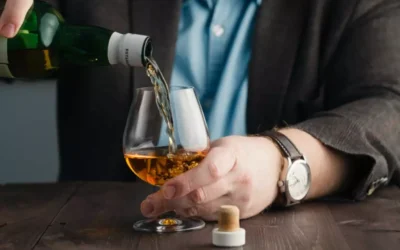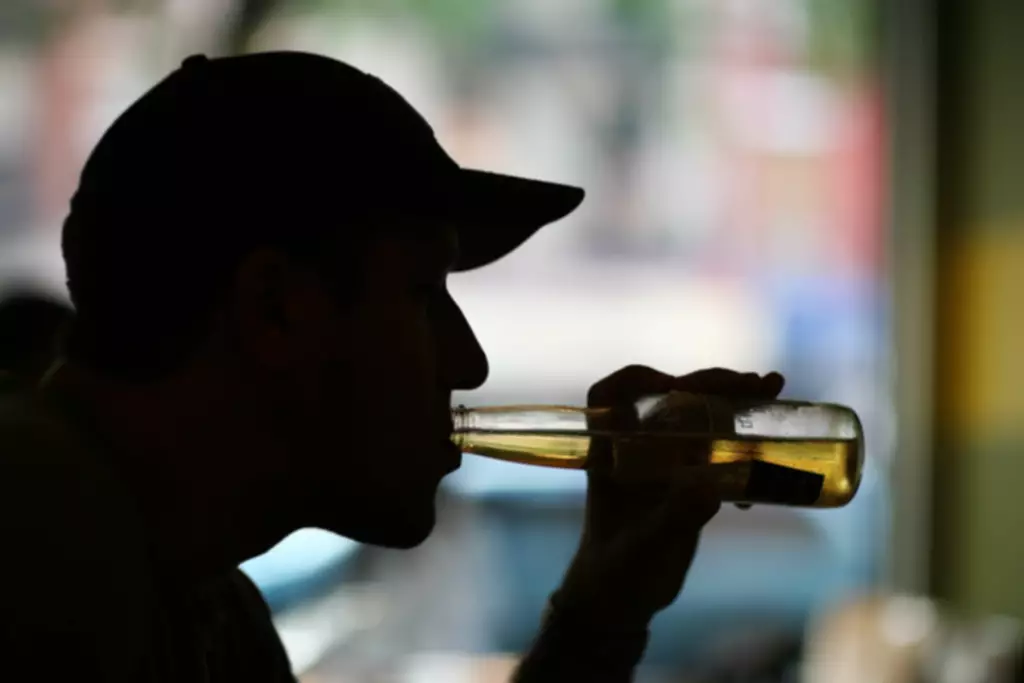Try to discuss specific examples of harmful habits and the consequences of their substance issues during the intervention. After giving concrete evidence of the severity of the addiction, bring up a possible treatment plan. While an intervention does not force a person to go to rehab, it may help them to see the situation more clearly and to better understand their options. An intervention is a straightforward approach that may help a loved one reach an informed decision regarding their recovery options.
Provide Love and Support
When you notice some of the main signs and symptoms of a substance use disorder, it’s time to speak with your loved one about the possibility of entering rehab. If they agree to enter rehab, your next step would be to research all of the treatment options at your disposal. In the event that they say no to the idea of rehab, you may want to host an intervention.
- This confrontation is designed to make sure that your loved one understands the consequences of continuing to take drugs without seeking treatment.
- However, some people are less likely to start or finish a cardiac rehabilitation program.
- These groups offer a supportive environment for individuals to share their experiences, gain encouragement, and learn from others in recovery.
- By recognizing the signs of substance abuse and understanding the importance of intervention, you can take the necessary steps to help your loved one enter a rehab program.
- The amount of time you spend in treatment can vary, and utility bills, car notes, rent, the mortgage, and tuition won’t stop while you’re gone.
Charitable Care & Financial Assistance
- On the contrary, it should help you recognize that you are a critical figure who must play an active role in helping your loved start a very important journey.
- In Florida, the specific law used to commit someone to treatment involuntarily is known as the Marchman Act.
- While inpatient treatment centers vary in the services they offer and the way their programs are structured, typically, the phase following detox is the development of an individualized treatment plan.
- Physical or mental health issues arise from substance abuse, such as deteriorating physical condition, blackouts, memory loss, increased anxiety or depression, or psychiatric symptoms.
Remember, this is a journey that requires patience and understanding, and by taking these steps, you are already making a positive difference in your loved one’s life. If your loved one does not have insurance or the coverage is limited, consider exploring other financial resources. Some options may include scholarships offered by rehab centers, grants, or loans specifically designed for addiction treatment.
- Indeed, in some situations, a full-blown intervention is not necessary or even effective, while a quiet talk with someone they love may be all they need to start the path to recovery.
- However, addiction is a disease that convinces the person suffering from it that they don’t have a disease.
- If the interventionists are emotionally charged, chances are there won’t be too much listening and understanding occurring.
- A doctor may prescribe medications like acamprosate and disulfiram to deter alcohol use.
- Our nation is currently in the throes of a widespread opioid addiction epidemic.
Managing Financial and Legal Obligations
And, as we have discussed previously, recovering from addiction is a long-term process. While a heart-to-heart can be very effective, sometimes how to get someone into rehab you need a professional touch. And it wouldn’t be inappropriate to refuse to enable an addiction while insisting on treatment.
The CRAFT Approach to Substance Abuse Intervention – Verywell Mind
The CRAFT Approach to Substance Abuse Intervention.
Posted: Thu, 01 Feb 2024 08:00:00 GMT [source]

Have more questions about our programs?

How to Support a Recovering Addict




